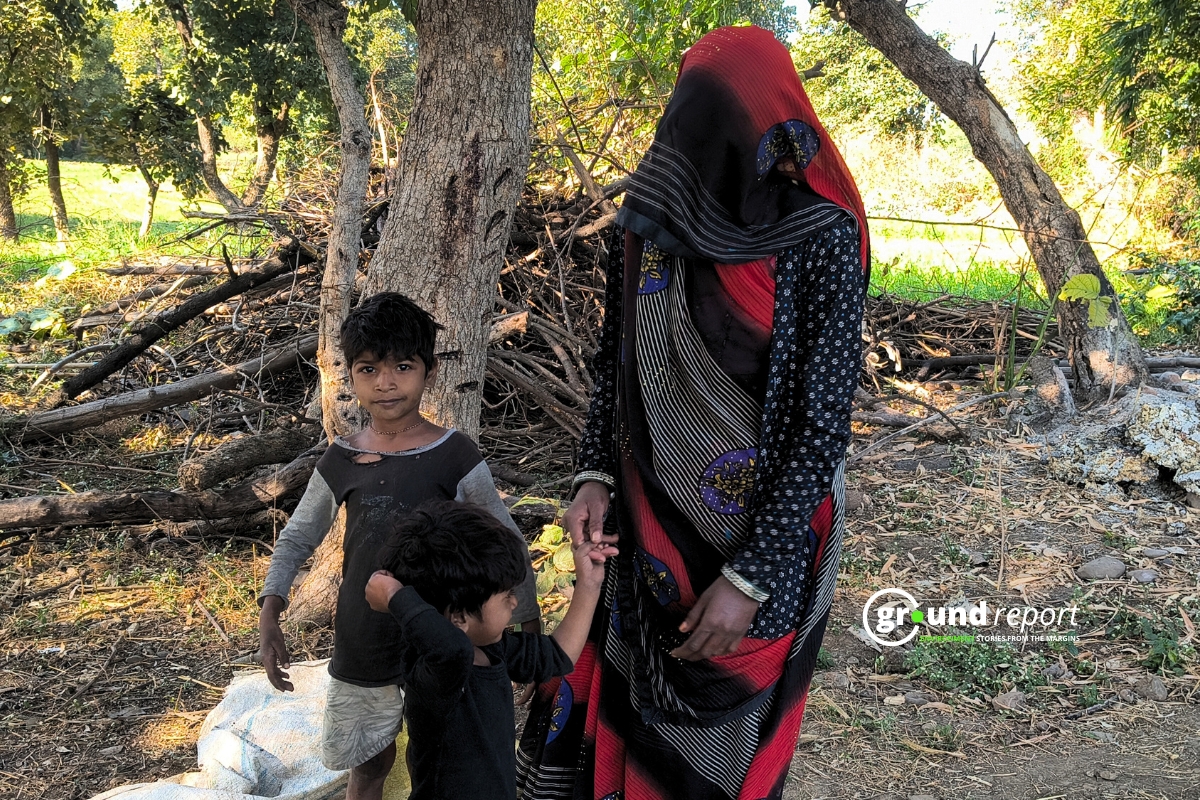Red-faced monkeys (Macaca arctoides) swarm Madhya Pradesh villages, snatching food, biting children and ravaging crops. A 2022 amendment to the Wildlife (Protection) Act removed the species from protected schedules, stripping the Forest Department of authority to trap them. An August 28, 2025, state letter shifted the burden to gram panchayats: handle it yourselves, no permit required.
The letter states, “In the past, the Forest Department has been involved in capturing monkeys, but the Wildlife (Protection) Act, 1972, as amended in 2022, excludes the red-faced monkey from the schedules of the Act, and therefore, the Forest Department does not have the legal authority to capture them.”
According to the letter, the capture of these monkeys can be carried out by local bodies or village councils without the permission of the forest department. However, many village councils in the state are still relying on the support and funding of local forest department administrations to capture them.
But with no extra funds for the already cash-strapped local bodies, catching monkeys has become a crushing financial load.
In Itma village, Rewa district, the fallout is raw. Sarpanch Subhash Pandey spent 1.5 lakh rupees last year on traps; the monkeys returned within months. “The Act changed on paper,” he said, “but our fields are still battlegrounds.” Farmers have quit growing vegetables. Kids play indoors. Homes are fortified with cement roofs after monkeys tore through tiles. He says that if the government does not provide separate funds to panchayats for this purpose, it will become difficult for panchayats to get rid of this problem with such a limited budget.
After the letter, the villagers of his gram panchayat have started a signature campaign addressed to the Chief Minister requesting budget allocation for the panchayat.
Monkeys hit villagers’ pockets hard in Madhya Pradesh. Farmers in Rewa and beyond have quit growing vegetables at home and in fields, the animals destroy crops and attack people. The problem spreads to Singrauli, Ratlam, Jabalpur and Rajgarh. In Rajgarh, locals say chasing monkeys is now part of daily routine, morning and evening.

Rajgarh’s Daily Battle
Near the small bridge of the Newaj River that passes through Rajgarh city, there is an ancient temple where there is no count of red-faced monkeys. The terror of monkeys on local people increases due to the offerings made at the temple.
A local woman said that children playing outside are often injured in monkey attacks. Mamta’s daughter, who lives in Ward No. 1 on Khoyari Road, was also bitten by a monkey in such an incident. She says:
“Monkeys should be caught and released at another location. We have a mud house, and to protect it from water, we keep it covered with plastic sheets. Monkeys tear this plastic and also take away food items.”
Indar Singh from Badia village, located in the municipal area at a distance of about 500 meters, is also facing a similar problem. He says:
“There is no fixed time for monkeys to come. We cannot put wheat outside or leave any food items open. Earlier my house was mud-built; we got it cemented because monkeys used to remove the tiles and enter the house through the roof and cause damage. People who have mud houses still have the same problem today.”
In June 2023, a rogue monkey created havoc in Rajgarh district for about 20 days. During this time, it injured more than 20 people. The municipality announced a reward of 21,000 rupees to catch it, and people also got ready with guns to catch or kill the monkey. The municipality set cages and hired experts, but failed after three days. Only after the collector intervened did the Forest Department act; a Ujjain team caught and relocated the animal on June 21.
According to data obtained from Rajgarh District Hospital at that time, about 17 people had taken rabies injections, while other injured persons treated themselves privately.

Government Sites Under Attack
The menace hits government sites too. At Kothibag farm, run by Krishi Vigyan Kendra, monkeys raid fruit and crop trials used to train farmers and supply seeds. Four full-time guards stand watch, but the animals overwhelm them.
Scientist Dr. Lal Singh, who oversees the site, told Ground Report the problem grips the whole area. Monkeys wreck garden crops. Auction buyers of mango, orange and other orchards lose big to the raids.
He says that this monkey terror also increases the cost of crops because where they could get their work done by hiring 4 laborers, they have to hire 8 laborers because of monkeys. Singh says:
“We have informed our senior officers about this several times, but no solution has been found. If their numbers could be reduced, we could get some relief, but they are continuously increasing.”
Mangi Bai Verma, who has been working as a temporary employee in this garden for the past 20 years, used to work as a laborer here. But now she is working temporarily as a daily wage earner. Due to the monkey menace, she has been specially hired to look after the plants planted in the garden. Apart from her, 3 other people take turns on duty here.
Showing the slingshot in her hand to drive away monkeys, Verma says that monkeys become aggressive when approached, so she uses catapults and slingshots. “When damage occurs here, officers scold us asking how this happened, but what can we do about those monkeys?”

Paper Fixes, Real Pain
It is noteworthy that although the Madhya Pradesh Forest Department has issued a circular ordering municipal bodies and gram panchayats to spend money to catch monkeys, officials of Rajgarh Municipality are unaware of this. They say that catching monkeys is the work of the Forest Department. When we told them about the amendment in the Act and the circular issued by the Forest Department, they said they had no information about it.
Meanwhile, according to Dinesh Netam, a cartographer posted in the Forest Department, Rajgarh, he has also been given some special instructions regarding continuous complaints about red-faced monkeys on the CM Helpline of the Forest Department. According to these instructions, the Forest Department has been asked to send a team to the complainant’s area to provide explanations and write letters to local bodies and gram panchayats. According to the instructions, the Forest Department can ‘specially close’ the complaint on the helpline portal mentioning these letter numbers.
This means that if a person now registers a complaint about this on the CM Helpline number, their problem will be disposed of only on paper through government correspondence.
But the question remains unanswered, is that the gram panchayats and municipalities of Madhya Pradesh that have been given this responsibility are feeling helpless due to lack of budget and information?
Common people are bearing the brunt of this. If any incident or accident ever occurs, whose responsibility will it be? This is a matter of concern that needs urgent attention.
This story is edited by Diwash Gahatraj.
Support us to keep independent environmental journalism alive in India.
Keep Reading
Elephants Are Back in MP After a Century, But Can They Stay?
How Solar Solutions Are Helping Protect Crops from Wild Animals







